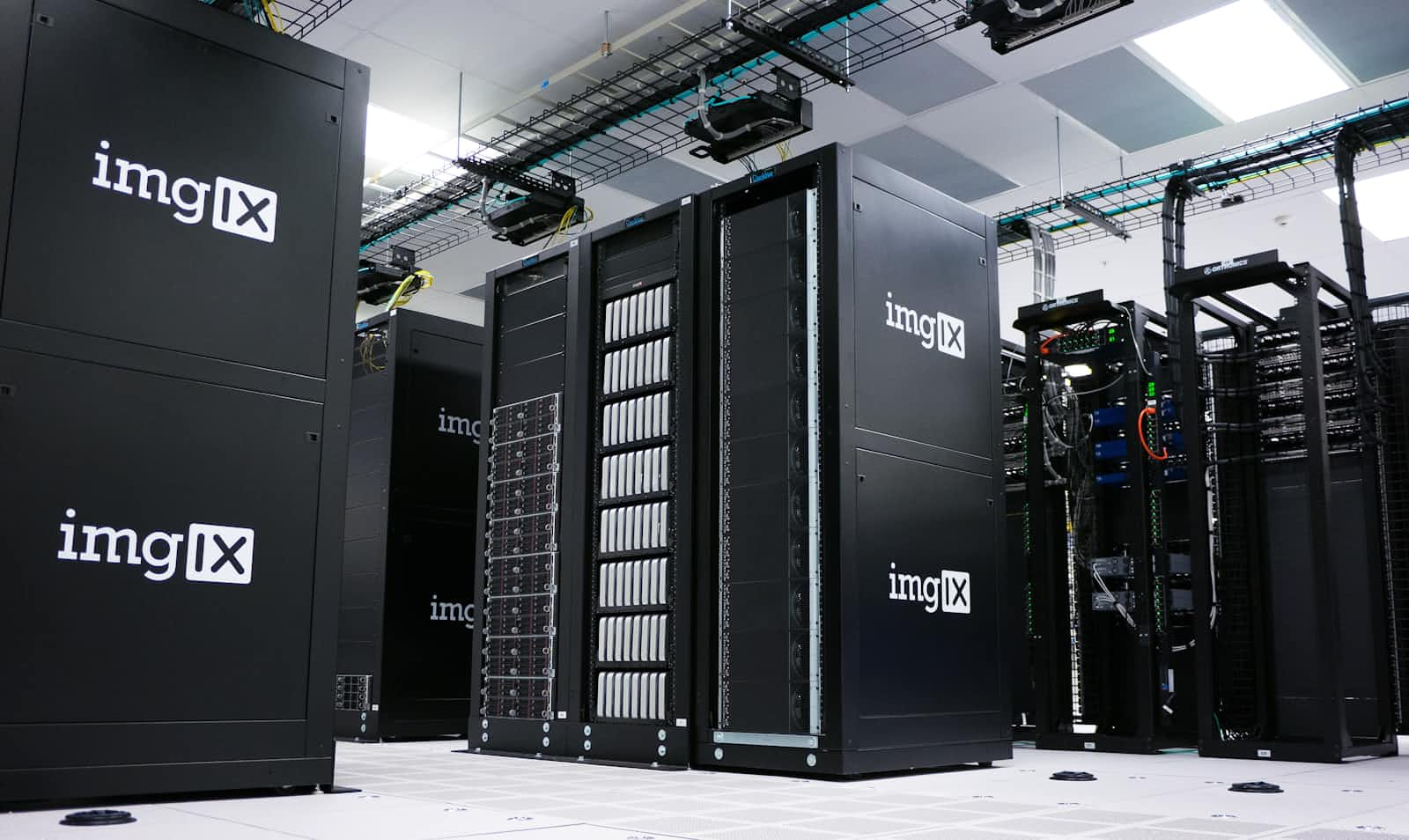Understanding the Differences Between Database, Data Warehouse, and Data Lake
 Alex Mboutchouang
Alex Mboutchouang
In today's digital landscape, the phrase "data is the new oil" resonates more than ever, underscoring the pivotal role that data plays in shaping our modern world. As our lives become increasingly intertwined with technology, decisions across virtually every facet of life are informed by data. It's no wonder then, that organizations are pouring significant resources into the collection, storage, processing, and analysis of data.
Enter the concepts of databases, data warehouses, and data lakes – the cornerstone of modern data management. These entities form the backbone of organizations' efforts to harness the power of data, enabling them to glean insights and drive informed decision-making.
But what exactly do these terms entail, and why are they essential in today's data-driven era? Join us as we delve into the intricacies of databases, data warehouses, and data lakes, unravelling their roles and uncovering the key considerations that underpin their utilization in the ever-evolving landscape of data management.
Databases
A database is a collection of data that is organized and stored for easy access, retrieval, and management. It typically uses a schema to define the structure of the data and supports operations like querying, updating, and deleting.
Key Features
Provides efficient storage and retrieval of data.
Supports transaction processing, ensuring data integrity and consistency.
Allows for concurrent access by multiple users.
Suitable for applications requiring real-time data access and updates.
Data Warehouses
A data warehouse is an art of centralized repository that stores structured and organized data from one or multiple sources. It is optimized for querying and analysis, typically using Online Analytical Processing (OLAP) tools, and is designed to support decision-making processes.
Key features
Integrates data from various sources, providing a unified view for analysis.
Supports complex queries and analytics to uncover insights and trends.
Provides historical data for trend analysis and reporting.
Enhances data quality through data cleaning and transformation processes.
Data lake
A data lake is a centralized repository that stores vast amounts of raw, unstructured, and semi-structured data in its native format. It allows organizations to store data without the need for a predefined schema, enabling flexible processing and analysis.
Key features
Accommodates diverse data types and formats, including text, images, videos, and sensor data.
Enables data exploration and discovery without upfront schema design.
Supports advanced analytics, including machine learning and big data processing.
Scales easily handle large volumes of data, including streaming data sources.
How do they differ?
Databases, data warehouses, and data lakes differ in structure, use cases, and handling of data types. Databases are either structured or semi-structured (no SQL database) and rely on predefined schemas, ideal for transaction processing and real-time data access. Data warehouses, require structured data, excel in analytics, reporting, and decision support, often integrating diverse data sources. Conversely, data lakes store raw data without predefined schemas, facilitating exploratory analysis, big data processing, and storage of structured, unstructured, and semi-structured data, offering unparalleled flexibility in data handling.
Databases
databases are best suited to being used to store operational data because they are efficient for storage and retrieval.
Data warehouses
In the scenario where You require to integrate data from one or many sources for analytics, reporting, and decision-making, data warehouses are more suitable.
Data lakes
Data Lakes are best suited to being used You need to store and analyze large volumes of diverse data types, including unstructured and semi-structured data, and when you want to perform exploratory analysis or advanced analytics.
Conclusion
In conclusion, databases, data warehouses, and data lakes each offer unique strengths and cater to distinct use cases within the realm of data management. By comprehending the advantages and limitations of these systems, organizations can make informed decisions when devising their data management strategies. Whether it's the real-time processing capabilities of databases, the analytical prowess of data warehouses, or the flexibility and scalability of data lakes, a nuanced understanding empowers organizations to leverage the right tools for their specific needs, ultimately driving efficiency, innovation, and success in the ever-evolving landscape of data-driven decision-making. I hope this article has provided you with a brief description of what databases, data warehouses and data lakes are and when to use them. Thanks for reading and see you soon for a new article.
Subscribe to my newsletter
Read articles from Alex Mboutchouang directly inside your inbox. Subscribe to the newsletter, and don't miss out.
Written by

Alex Mboutchouang
Alex Mboutchouang
Welcome to my blog! I'm Alex Mboutchouang, a passionate Python Developer with a keen interest in AI/ML and cloud technologies. I specialize in crafting small yet impactful pieces of code aimed at making a difference in the world. As an avid Open Source Lover, I actively contribute to projects over at @osscameroon. Join me as I explore the realms of programming, artificial intelligence, and beyond, sharing insights and experiences along the way.